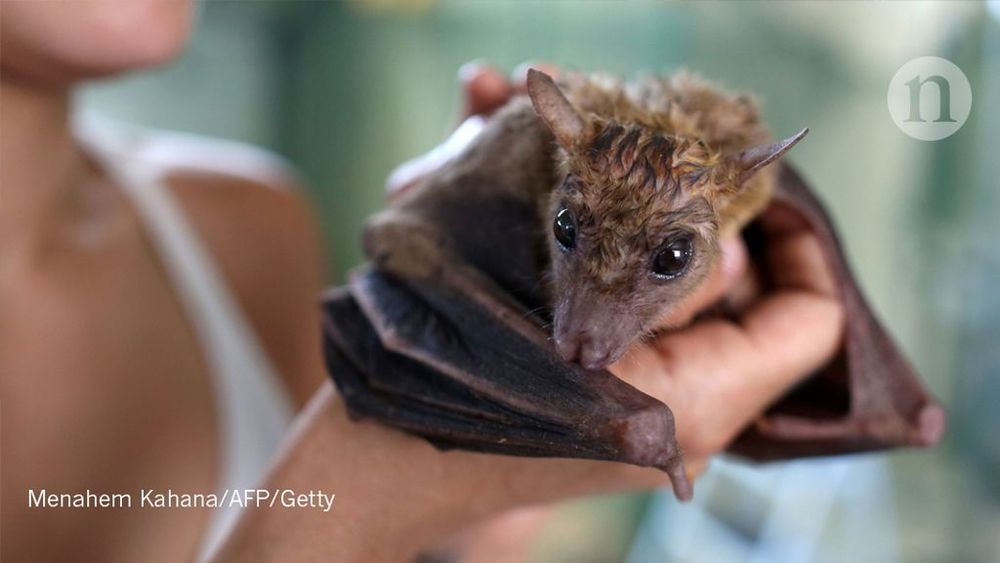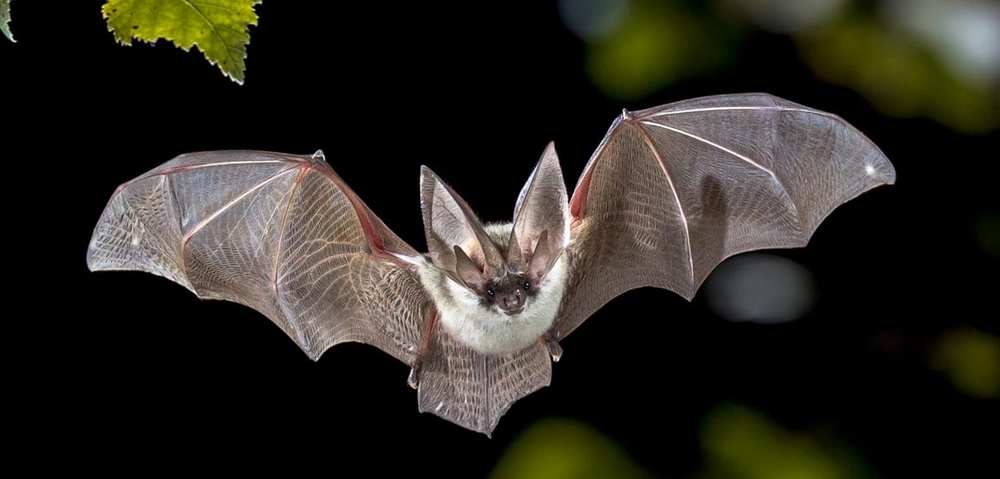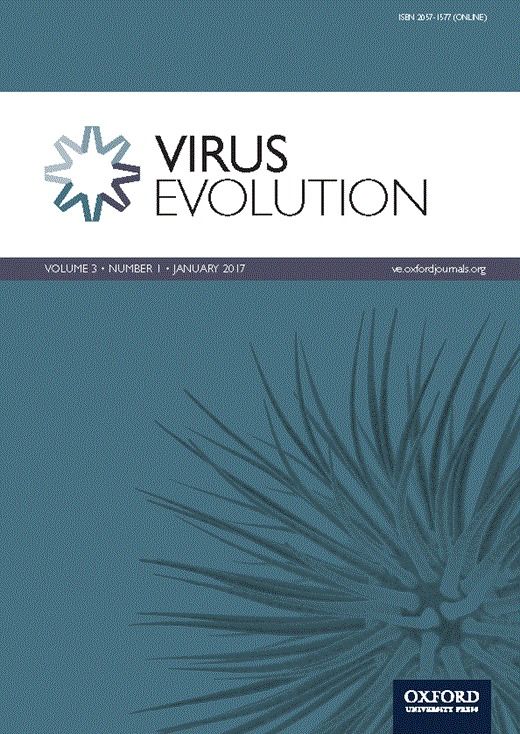Jan 22, 2020
Pentagon Racks Up $35 Trillion in Accounting Changes in One Year
Posted by Quinn Sena in categories: economics, military
The Pentagon made $35 trillion in accounting adjustments last year alone — a total that’s larger than the entire U.S. economy and underscores the Defense Department’s continuing difficulty in balancing its books.
The latest estimate is up from $30.7 trillion in 2018 and $29 trillion in 2017, the first year adjustments were tracked in a concerted way, according to Pentagon figures and a lawmaker who’s pursued the accounting morass.
The figure dwarfs the $738 billion of defense-related funding in the latest U.S. budget, a spending plan that includes the most expensive weapons systems in the world including the F-35 jet as well as new aircraft carriers, destroyers and submarines.
















